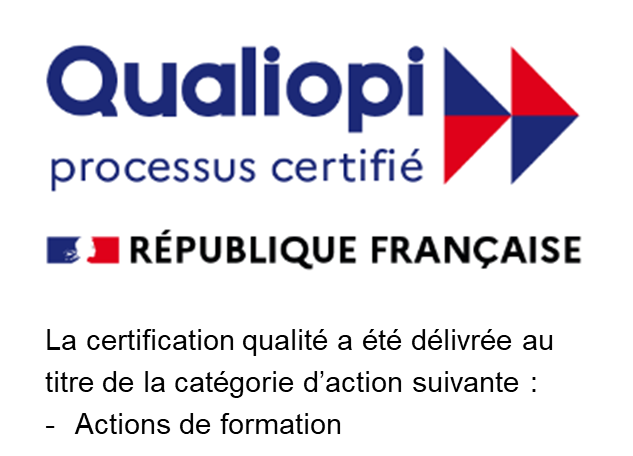4 MOBILITY CHALLENGES TO BE PREPARED FOR IN 2024

The global mobility landscape will continue to present companies with challenges in 2024, from talent shortages to expectations that HR and mobility teams will need to do more with far less. How can organizations overcome these hurdles and navigate the new year successfully? By having candid discussions about this year’s top trends, making strategic choices about budget allocation, and leveraging the expertise of their mobility teams and mobility partners, companies can make strategic choices that lead to successful outcomes.
The Top 4 Mobility Trends to be Prepared For in 2024
In a recent Global HR Think Tank webinar, NetExpat spoke with Principal Olivier Meier of Mercer and Head of Global Mobility, Zeliha Cigel Watson of Hitachi Energy to identify the top four challenges that companies should be prepared for this year:
List of services
-
Attracting and Retaining Talent Amid ShortagesList Item 1
Talent shortages continue and the competition to attract and retain valued employees is high. One way for companies to stand out is to prioritize a positive employee experience as a part of their relocation strategy. Mobile employees that have a seamless integration into their host location spend less time worrying about their move and more
time on their business objectives.
"Employee experience is fundamental to both attracting and keeping our employees, and we always consider the family experience to be a part of that. One cannot be ok if the other isn’t thriving."
- Zeliha Cigel Watson, Head of Global Mobility, Hitachi Energy
-
Staying Agile in an Ever-Changing MarketList Item 2
Flexible work arrangements are still the norm and there’s been a rise in shorter assignments, faster redeployment, and an expectation of temporary international remote working as an expected benefit. Shifting market trends and compliance regulations mean mobility programs will need to be agile, and so will the mobility professionals that manage them. Partnering with mobility service providers will go a long way toward easing the burdens of overtasked mobility teams.
-
Balancing Employee Well-Being with Cost ControlList Item 3
Employees benefit when all aspects of the employee and family experience are considered — physical, mental, social, and financial — when planning mobility programs and policies. While cost control is an understandable top priority for businesses, cutting costs at the expense of the employee experience can often end up costing more in the long run due to the troubleshooting that’s needed when shortcuts fail. Customizing flexible mobility experiences often yields a more favorable result. For example, rather than providing a lump sum (which fails to provide much needed guidance to employees whose inexperience can lead to costly oversights and errors) companies might consider designing flexible, customizable mobility programs that are driven by intentional spending. These flexible programs offer employees the benefits and services they need and control costs by removing the ones that they don’t.
"We have found that the more tangible well-being benefits employees receive, the more likely they are to report they are thriving in their roles. Prioritizing the experience is a pre-condition to increase mobile employees’ satisfaction and support productivity in times of rapid changes and uncertainty."
- Olivier Meier, Principal, Mercer
-
Leveraging TechnologyList Item 4
Today’s market demands are adding to mobility’s complexity and companies are looking to technology and automation for possible solutions, with AI and predictive analytics at the top of their lists of considerations. Technology will be crucial to completing mobility tasks faster, creating efficiencies, and providing support to mobility teams. However, stakeholders should always remember that, while technology can enhance customer service it can never replace the expertise of trained mobility professionals.
Contact us for more information on how NetExpat can help your organization attract and retain top talent, provide a positive employee experience, and support overtasked internal mobility teams.
Share this post














